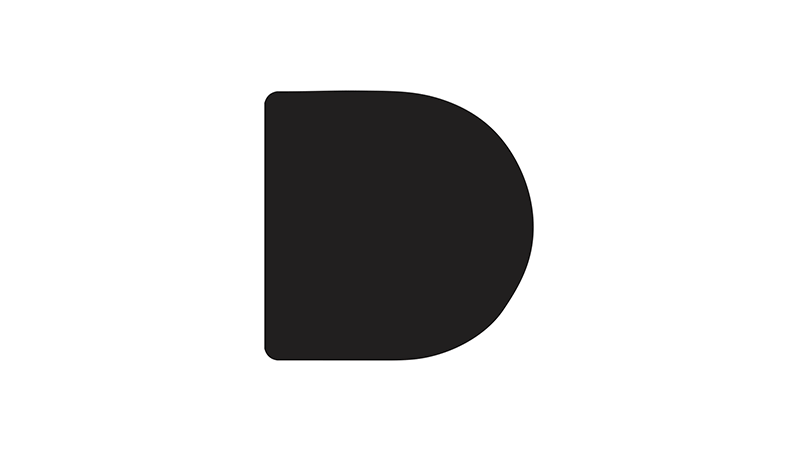We’ve spoken at length about what pay-per-click (PPC) advertising looks like in the year 2016, what some of the must-know terms are and why your business needs it but we have yet to discuss the origin of this popular form of online advertising.
The first documented and known paid advertising transaction online took place in 1996 when an ad was placed on Planet Oasis an online directory that provided links to a variety of websites.
The big PPC breakthrough however, only came in February 1998 when Goto.com established the PPC auction system with advertisers bidding for ad position on keywords and ads ranked by bid value.
Stemming from this the first monetisation of Search Engine Results Pages (SERPs) began in the mid-90s in line with how the Yellow Pages sold their advertising inventory with a flat-fee directory listing.
In the year 2000 Google launched Google Adwords, an advertising platform that allows advertisers to place ads on selected keywords. The search giant launched the service with a flat CPM bidding model where advertisers pay each time their ad is shown.
Pay-per-Click helps you target your ads to customers in certain countries, regions or cities – or within a set distance from your business or shop. Your business gets found by people on Google precisely when they’re searching for the things that you offer.
By 2002 Google introduced a new pay-per-click payment option for advertising on its search results which was the first time PPC as we know it appeared. Until then advertisements were charged at cost-per-day impression estimates.
In the early days, any advertiser was willing to pay the most per click would get the highest position for their ad on a SERP.
However, it became increasingly obvious that this wasn’t the most effective model as the engines could gladly charge an advertiser $1 for an ad that got clicked 10% of the time versus a $5 ad that was clicked only 1% of the time.
To overcome this Google introduced Quality Score, in the mid-2000s, which was a major shift. Quality Score was a way to determine which ads should appear on the page (and in which order) based on various optimisation factors – foremost of which were criteria that ensured the ads which generated the most revenue would get pushed to the top.
Today the pay-per-click market is dominated by top tier search engines like Google, Yahoo and Microsoft and it has become a must do marketing effort for almost every kind of business.




